PORTRAIT OF THE GENTLEMAN
CREMONESE SCHOOL 1550-60
Oil on panel
68 x 53 cm / 26.8 x 20.9 inches, with frame 82 x 68 cm / 32.3 x 26.8 inches
PROVENANCE
Florence, private collection
THE PORTRAIT IN THE CONTEXT OF 16TH-CENTURY CREMONESE PAINTING
Exploring portrait painting in mid-16th-century Northern Italy necessitates a careful consideration of regional characteristics, as artistic developments in this area did not adhere to uniform standards. Cremona occupies a unique position in this regard: situated between Milan, Venice, and Emilia, it cultivated its own tradition, which nonetheless interacted with external influences.
The portrait art of Cremona in the 1550s is marked by a conservative approach in technical solutions, a penchant for strict composition, and restrained color schemes. Unlike Milan, which had already transitioned to canvas, Cremonese artists remained loyal to wooden panels. This technical tradition was not coincidental: panels allowed for a particular density of layers, enabling more precise and detailed modeling of forms. However, this conservatism did not signify stagnation but rather a distinctive painting program focused on naturalistic accuracy.
CHRONOLOGICAL PLACEMENT OF THE PORTRAIT
The presented portrait, executed in oil on panel, is dated to 1550–1560. This was a period of significant transformation in Cremonese painting, during which local artists adapted the achievements of neighboring schools while preserving their unique identity. Compositional solutions became more complex, and the plastic expressiveness of figures intensified. In contrast to Venetian portraits, characterized by soft transitions, Cremonese portraits of that era are distinguished by clear chiaroscuro modeling.
This period in Cremona is associated with the activities of the Campi brothers—Giulio, Antonio, and Vincenzo. They not only shaped the artistic language of local painting but also served as conduits for new trends, reinterpreting Northern European traditions. Their works exhibit a noticeable influence from Netherlandish masters: attention to material textures, strict silhouettes, and naturalism in conveying individual features of the model. These characteristics are also evident in the portrait under consideration.
Despite its local specificity, the mid-16th-century Cremonese school was not isolated. Through trade and diplomatic connections, the city maintained active exchanges with Flanders and Germany, which was reflected in its painting. Portraits acquired extreme precision without losing internal tension. The smoothness of Venetian painting here gives way to an analytical approach comparable to the works of Holbein and Mor.
The examined portrait demonstrates these very traits. The figure is placed in a restrained space, with a neutral background that enhances focus on the model. The face is rendered with precise conveyance of individual features: slight asymmetry of features, emphasized skin folds, and pronounced beard texture indicate the artist's intent to depict a real person rather than an idealized image.
ATTRIBUTION AND STATUS OF THE MODEL
Significant details include a massive chain with a medallion and a ring bearing a coat of arms. These elements indicate the high social status of the depicted individual, possibly an official or a member of the urban elite. Unfortunately, the lack of detail in these symbols prevents precise identification, but their presence warrants further research.
Regarding attribution, Roberto Chabatini suggested that this is a work by Bernardino Campi. However, by the 1550s–1560s, he had already settled in Milan and was predominantly working on canvas. The stylistic characteristics of the piece more likely associate it with artists influenced by the Campi brothers who remained in Cremona.
Modern research into Cremonese painting owes much to Marco Tanzi, who not only revived forgotten names but also systematized the stylistic features of the region. Thanks to his efforts, it has become evident that Cremona was not a peripheral area of Italian art but developed its own artistic principles while engaging in dialogue with European trends.
The work before us was created within this context—a piece that combines precise depiction of nature, restrained composition, and technical mastery. This portrait exemplifies how Cremonese artists of the 1550s maintained a commitment to tradition while not remaining detached from the artistic explorations of their time.
"Quel peculiar mark dei cremonesi intravisto nell’Ottocento dal grande Cavalcaselle." (That distinctive mark of the Cremonese, noted in the 19th century by the great Cavalcaselle.)


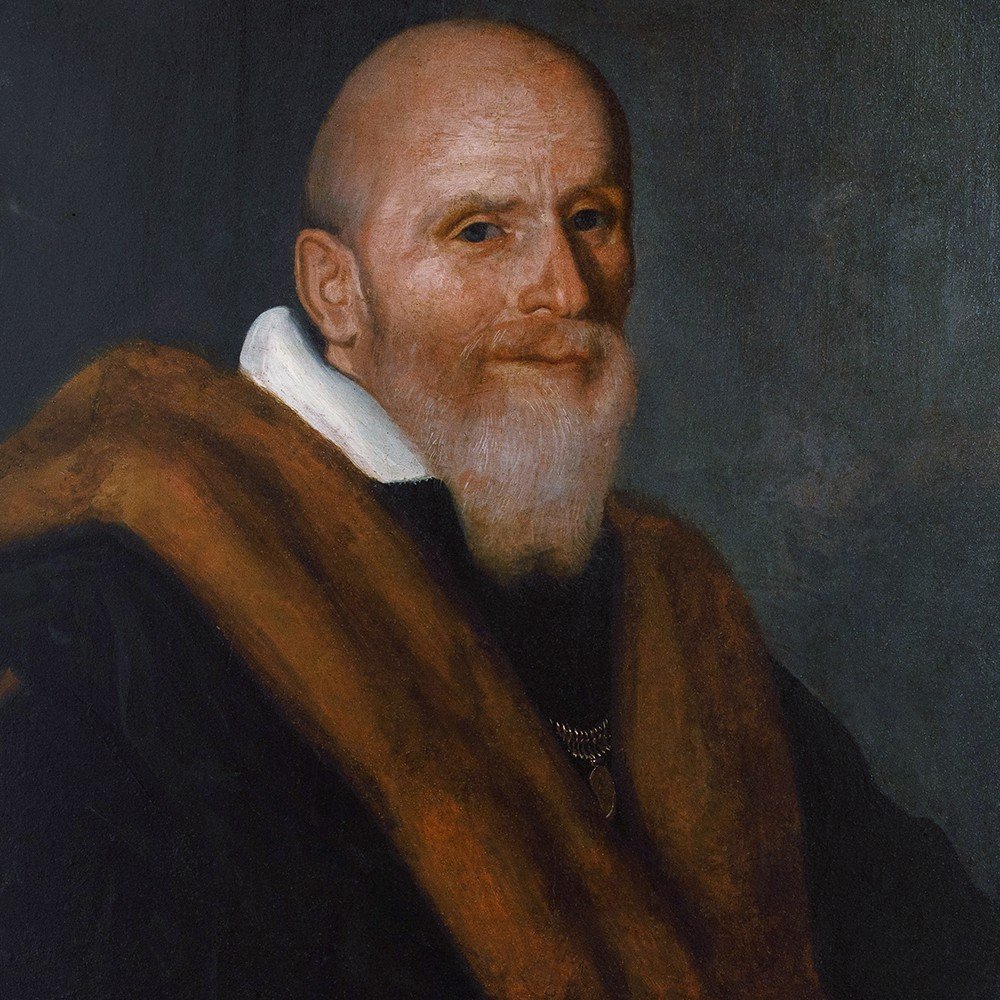

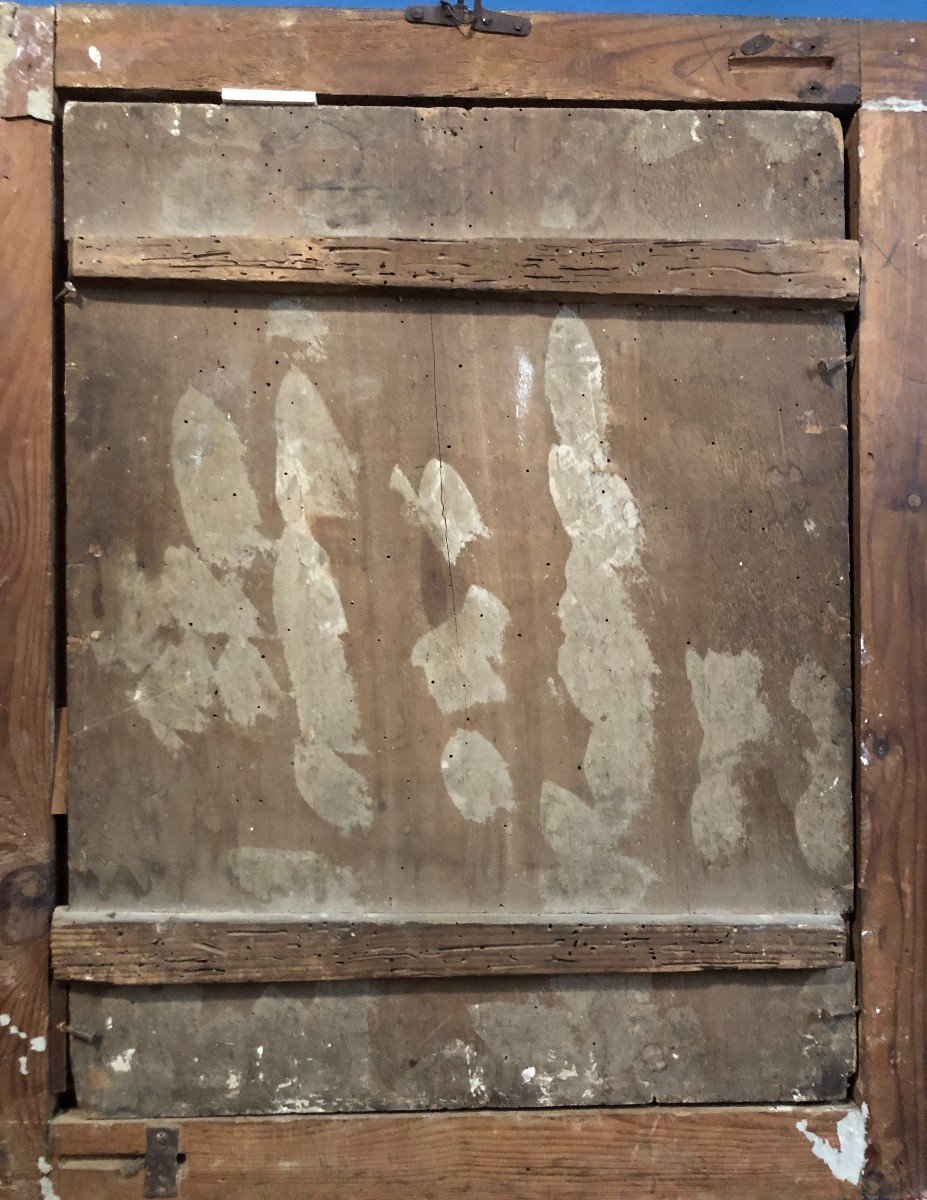
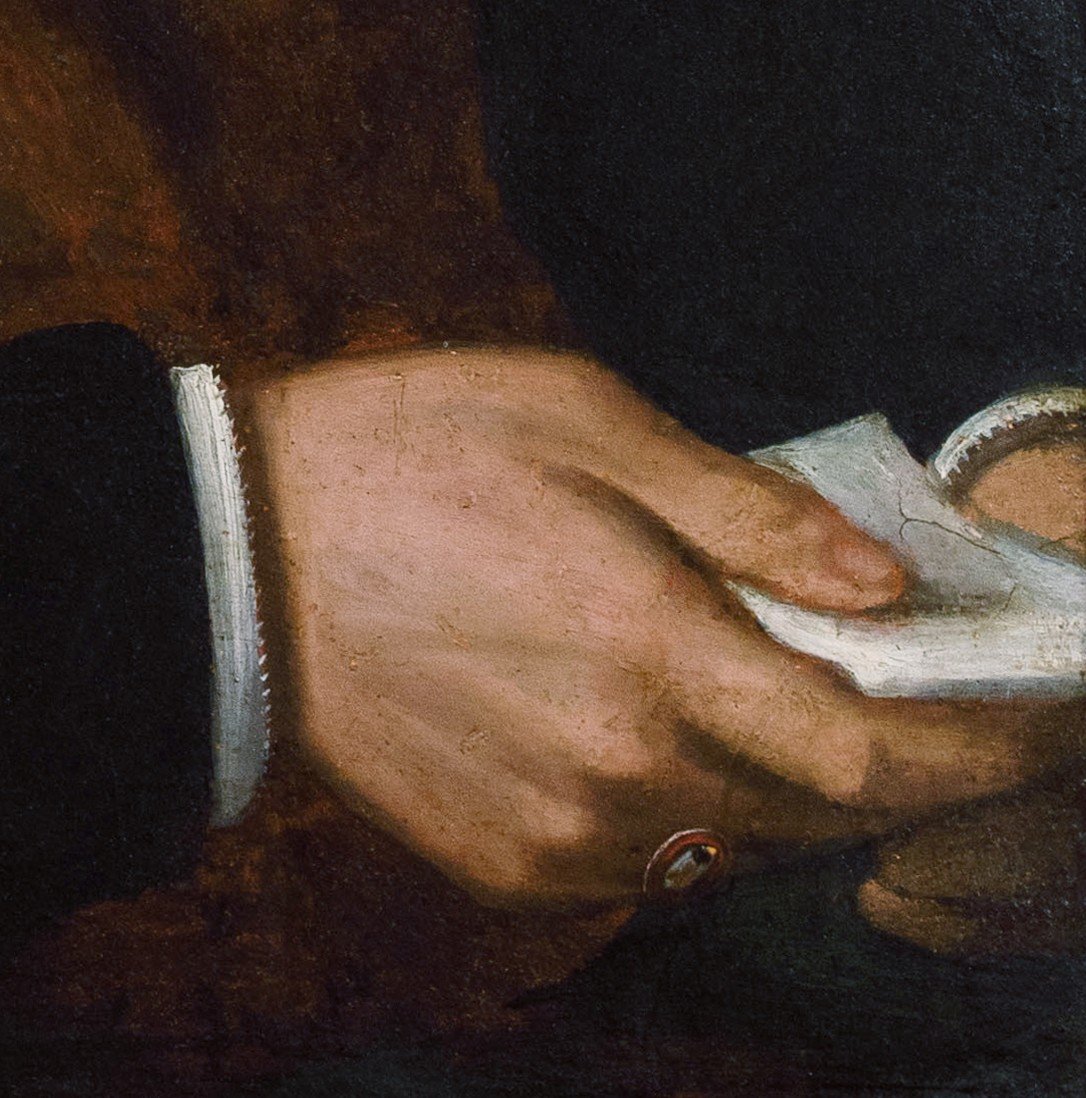
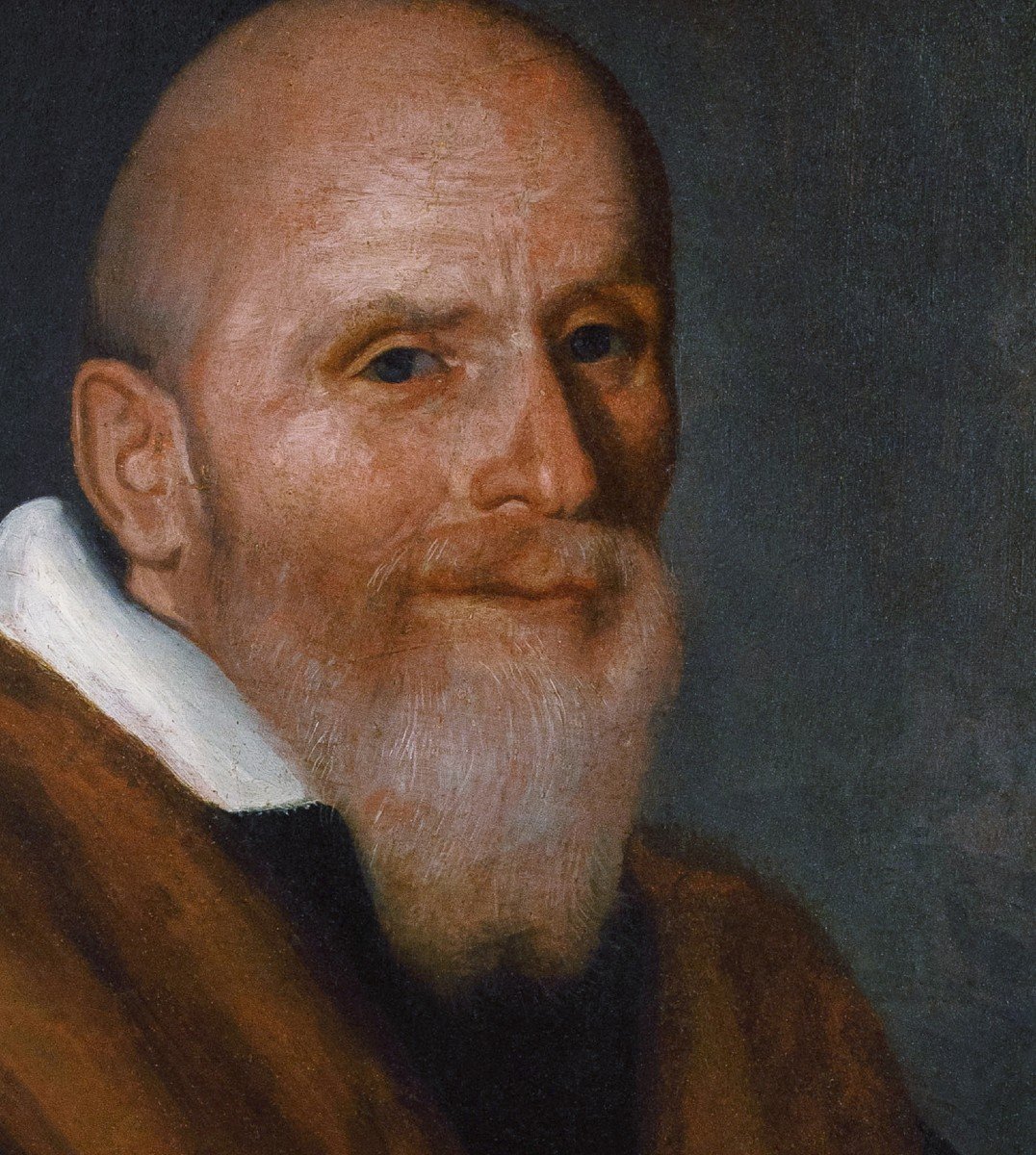
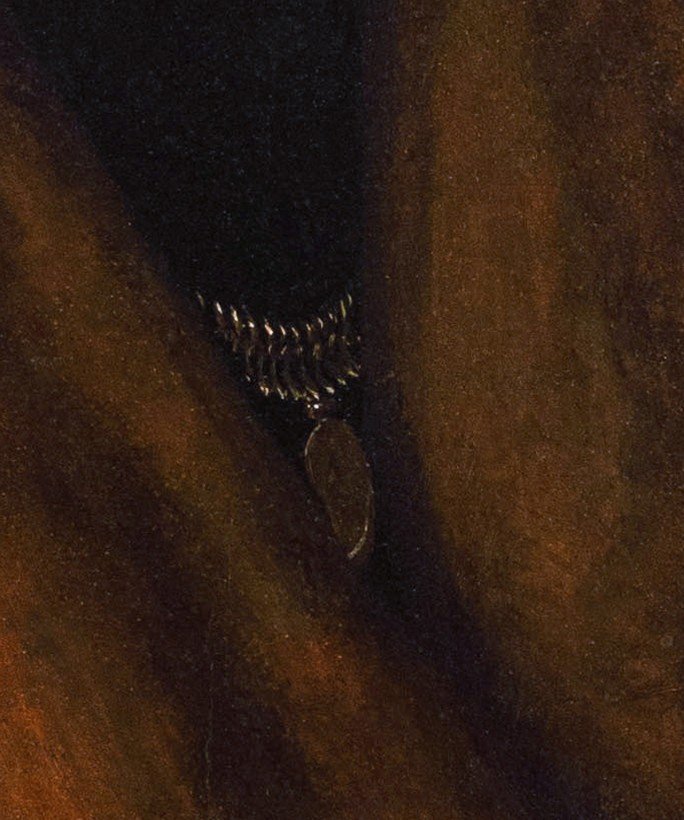
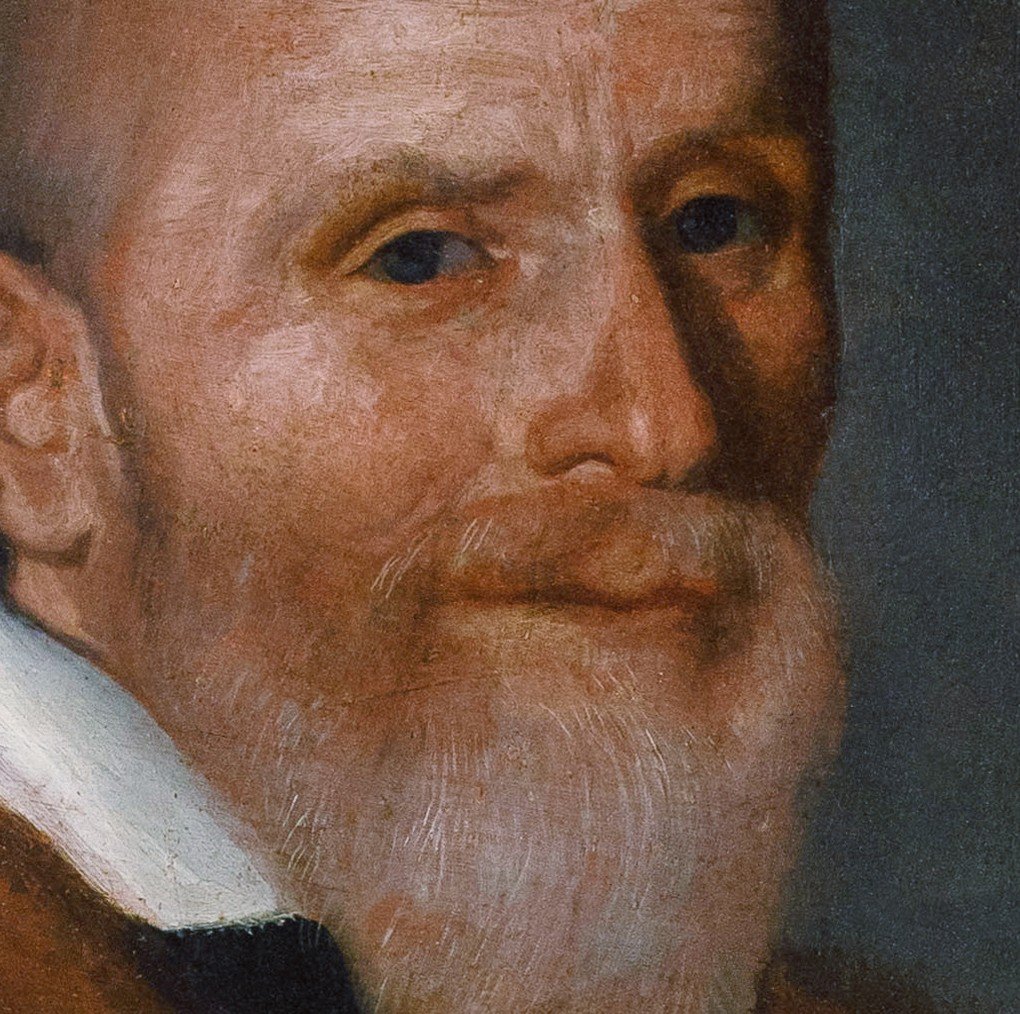
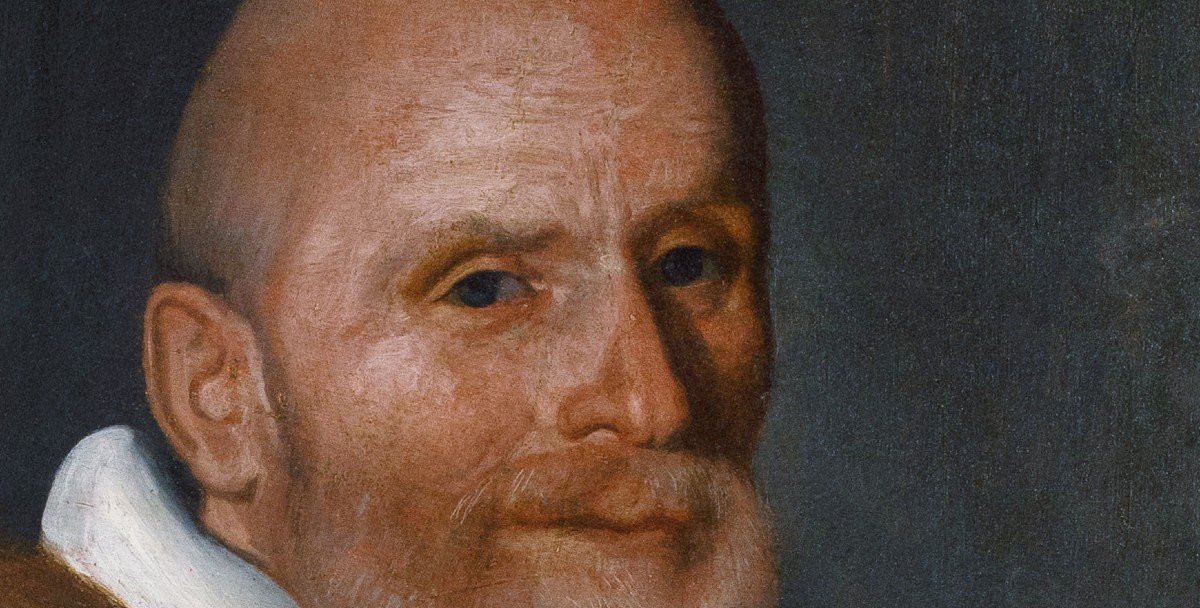










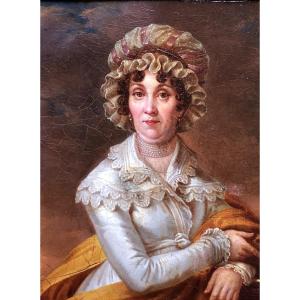

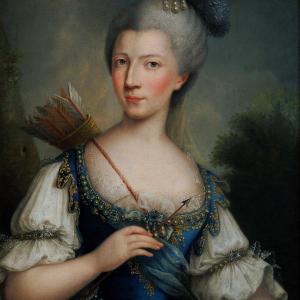
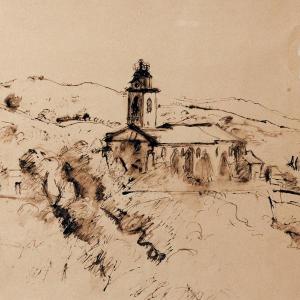

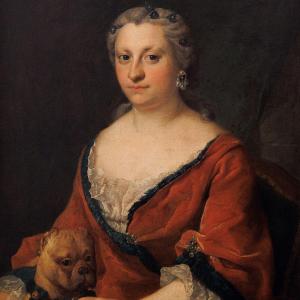
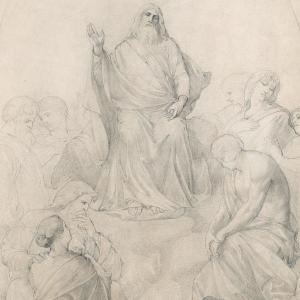
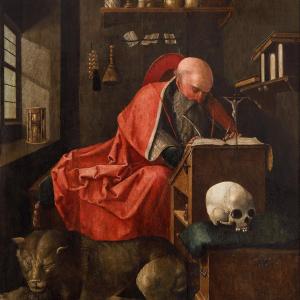



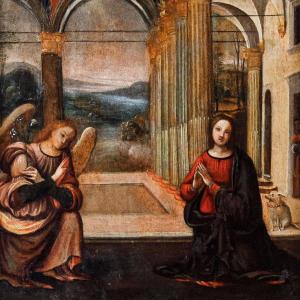
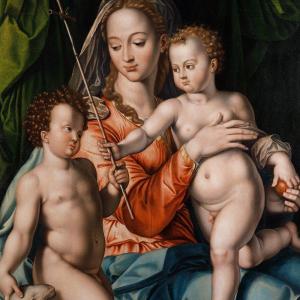

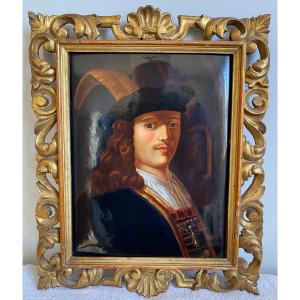


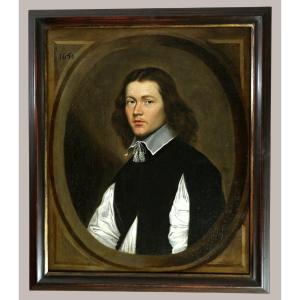




 Le Magazine de PROANTIC
Le Magazine de PROANTIC TRÉSORS Magazine
TRÉSORS Magazine Rivista Artiquariato
Rivista Artiquariato